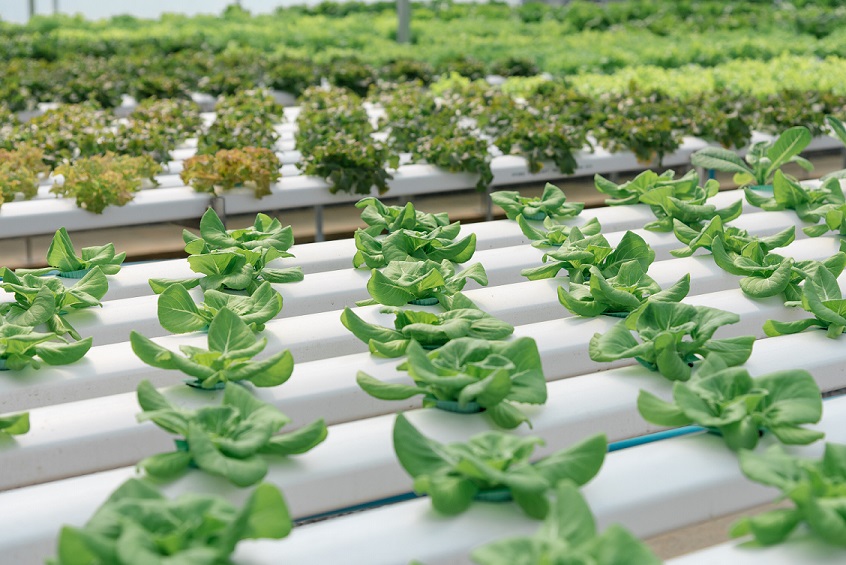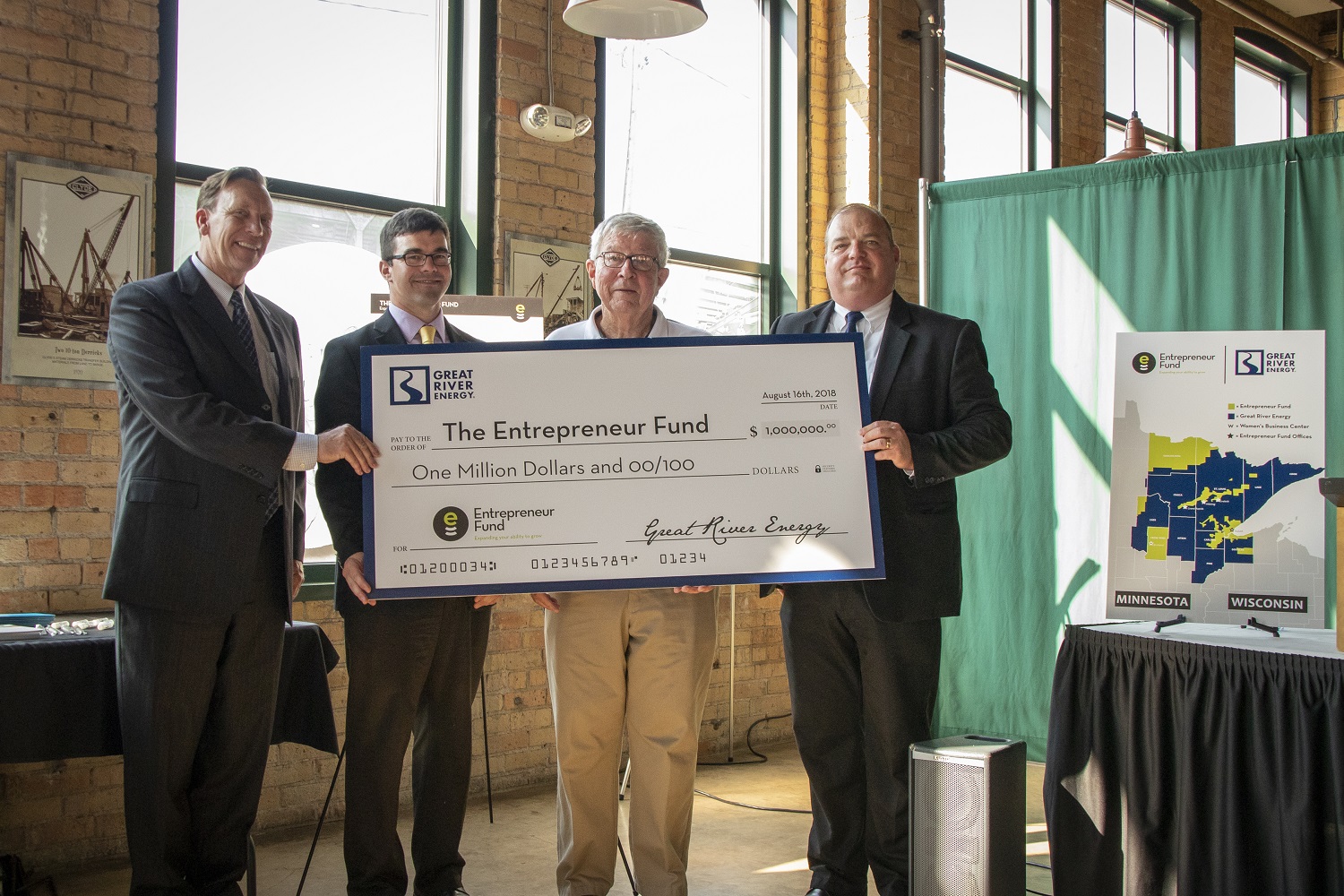Innovations in Minnesota’s indoor ag sector
4 Dec 2018
An increasing number of consumers are demanding high quality, local and organic produce. A recent study showed that millennials eat 52 percent more vegetables than previous generations.
 The National Organic Standards Board recently declared that indoor hydroponic operations can be certified organic under USDA regulations, which should help drive market growth and opportunity.
The National Organic Standards Board recently declared that indoor hydroponic operations can be certified organic under USDA regulations, which should help drive market growth and opportunity.
As more Minnesota companies work to innovate in fresh food production, Great River Energy is taking a proactive approach. Last spring, the economic development team participated in the Indoor Ag-Con event in Las Vegas to learn more about the burgeoning indoor ag sector and strategize about facilitating its growth.
For at least a portion of the year, Minnesota has long relied on trucking in salad greens and tomatoes from farms thousands of miles away. Travel compromises quality and freshness, raises prices and requires more fossil fuels. But with advanced indoor farming technology, such items can be grown closer to home throughout all seasons.
“Food production in Minnesota is transitioning in an interesting way. We’re seeing more indoor farming operations move into the planning stages,” said Erin Sparks, economic developer with Great River Energy.
Bushel Boy in Owatonna was one of the early pioneers in indoor agriculture with its vine-ripened tomatoes. Other companies are beginning to following suit.
Indoor farming, with sophisticated climate control systems, can produce food much more efficiently with higher yields. This type of high-tech agriculture extends beyond greenhouses. Some operations use vertical or container systems, both of which require a significant amount of artificial lighting, but maximize water consumption efficiency.
The indoor farming trend presents an appealing new customer for co-ops because the facilities have a high load, yet can operate consistently and efficiently if designed right.
“We know that energy accounts for a large portion of these businesses' operating costs, so we encourage them to involve us early in the planning process so we can help them in designing the most energy-efficient growing systems,” Sparks said.
Great River Energy is poised and ready to assist its member-owner cooperatives with meeting the needs of indoor farming operations in their service territories.
“Many of these projects are happening in both suburban and rural areas, which presents an opportunity for Great River Energy and its member co-ops to work on projects across the state,” said Jeff Borling, Great River Energy’s economic development lead.
This article is the second in a three-part series that covers Minnesota’s growing food and beverage industry and the role Great River Energy and its member-owner cooperatives play in supporting its expansion.
Resources
https://www.foodinsight.org/2018-food-and-health-survey
https://www.agrilyst.com/wp-content/uploads/2018/01/stateofindoorfarming-report-2017.pdf
More Topics






 Tom Lambrecht
Tom Lambrecht